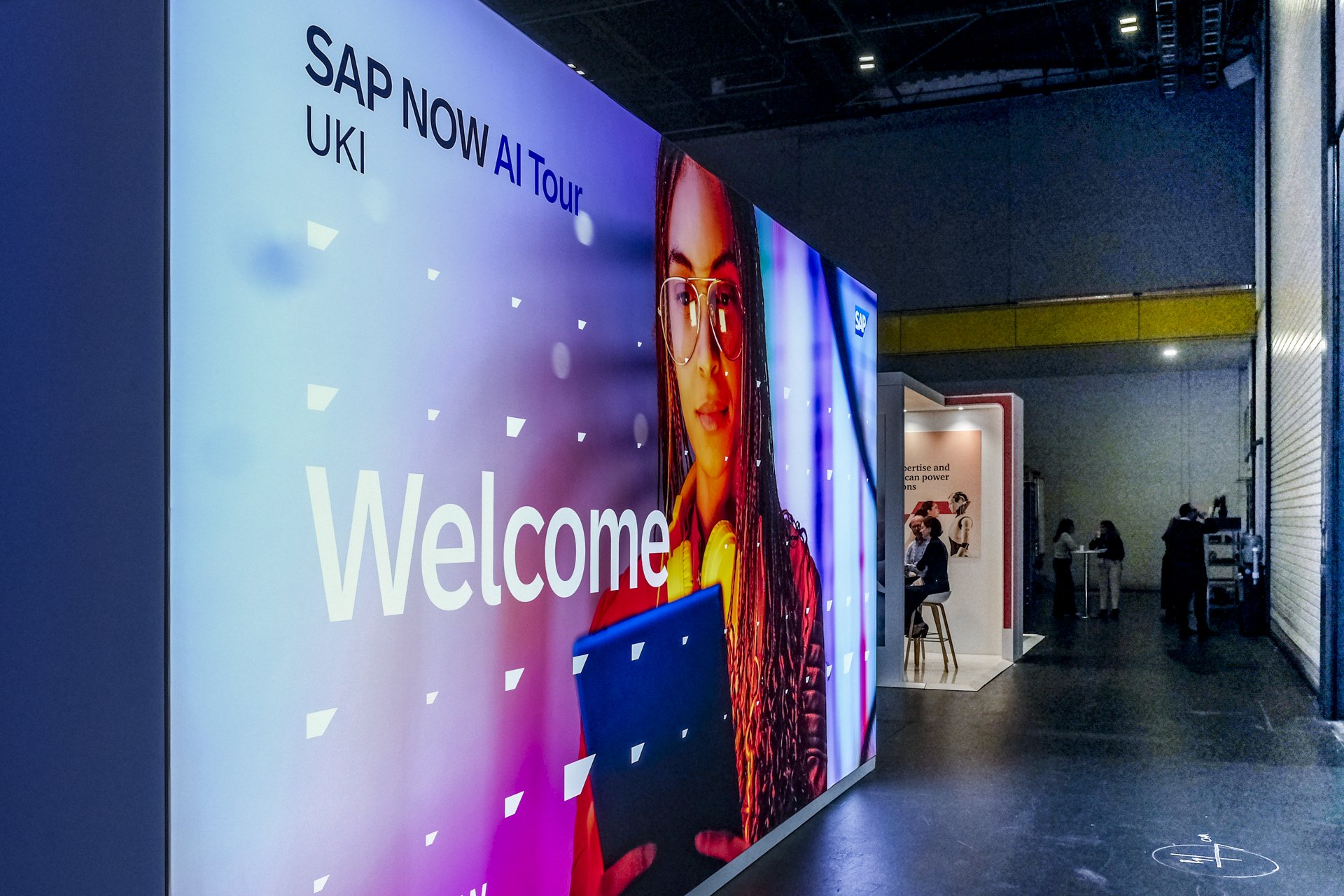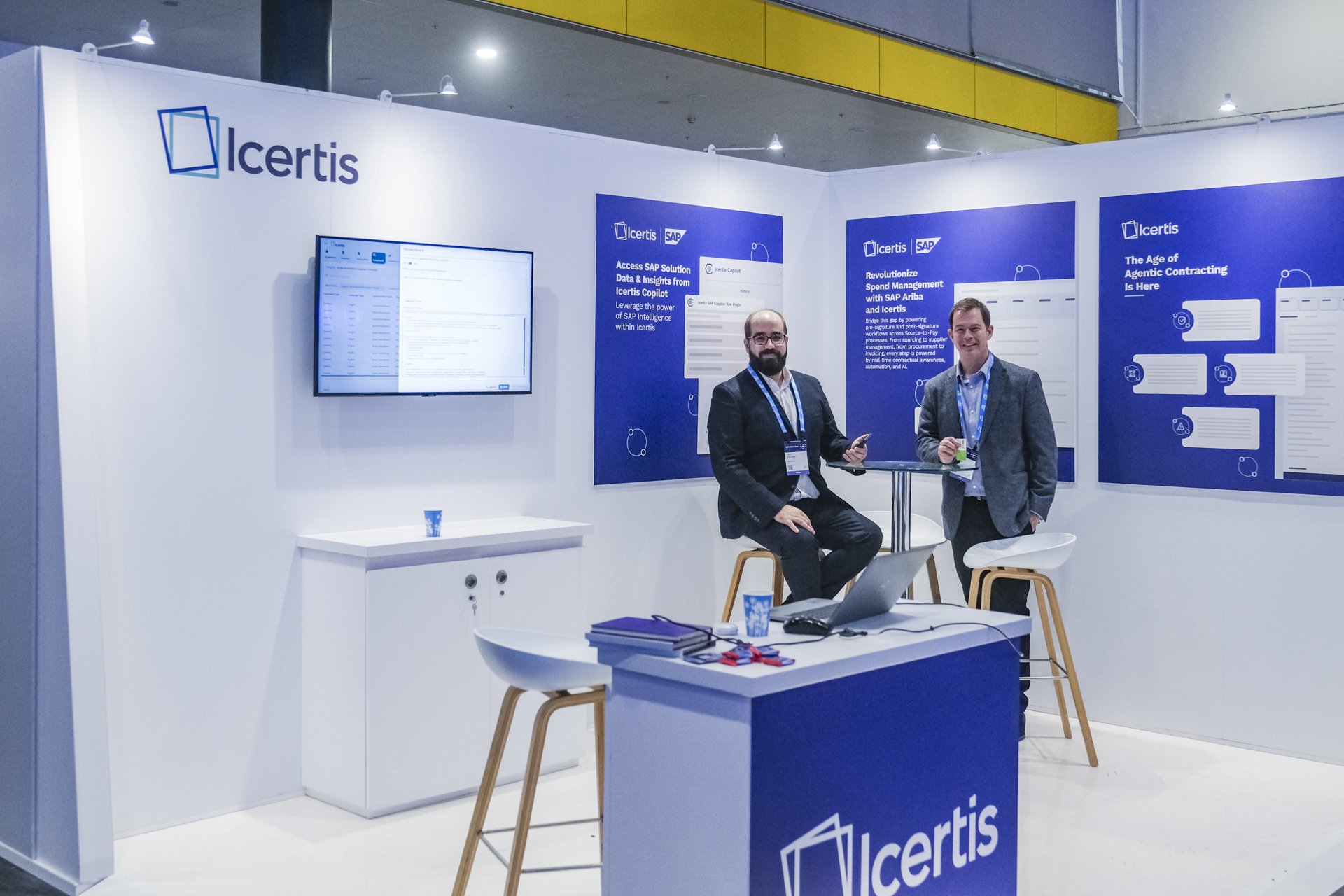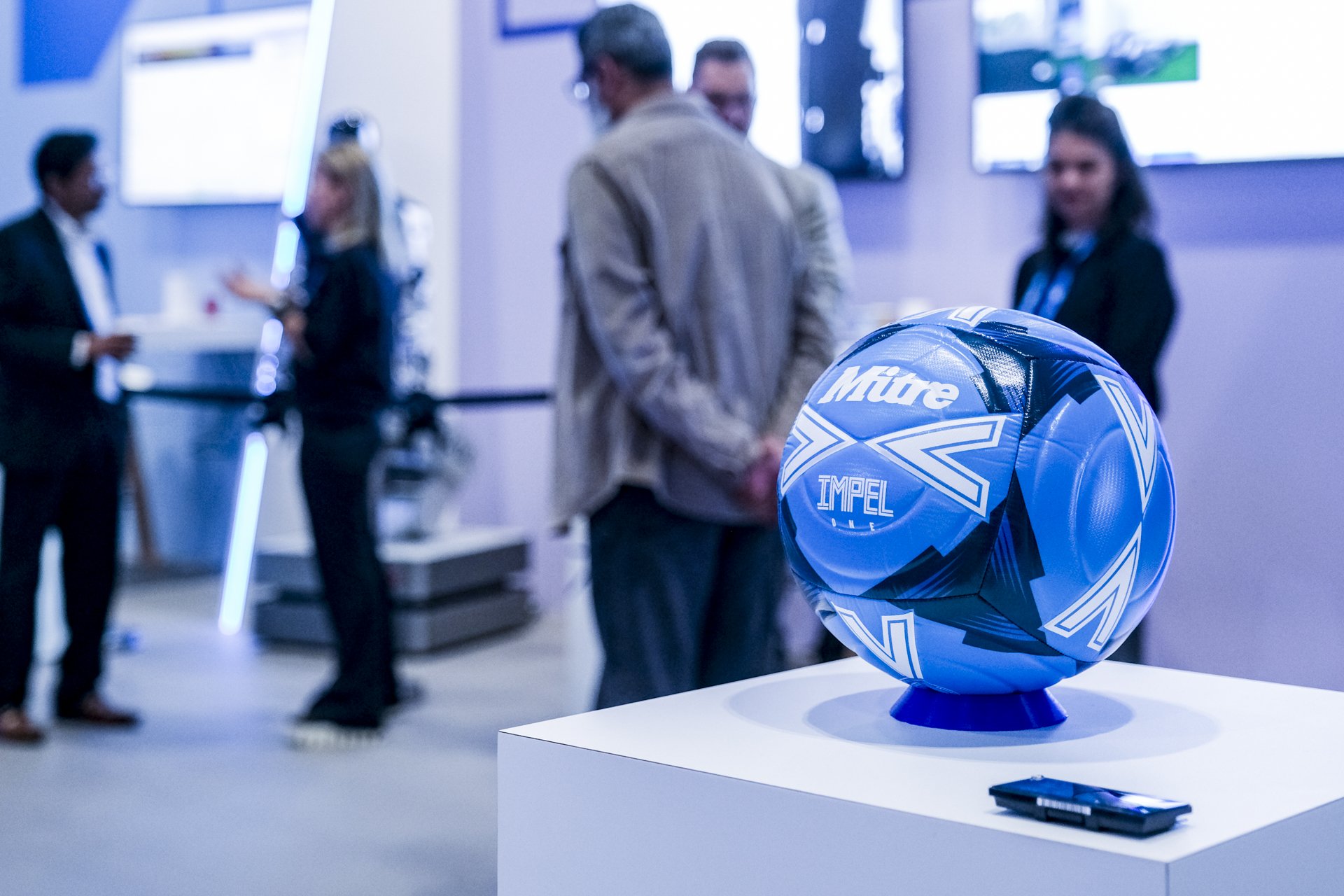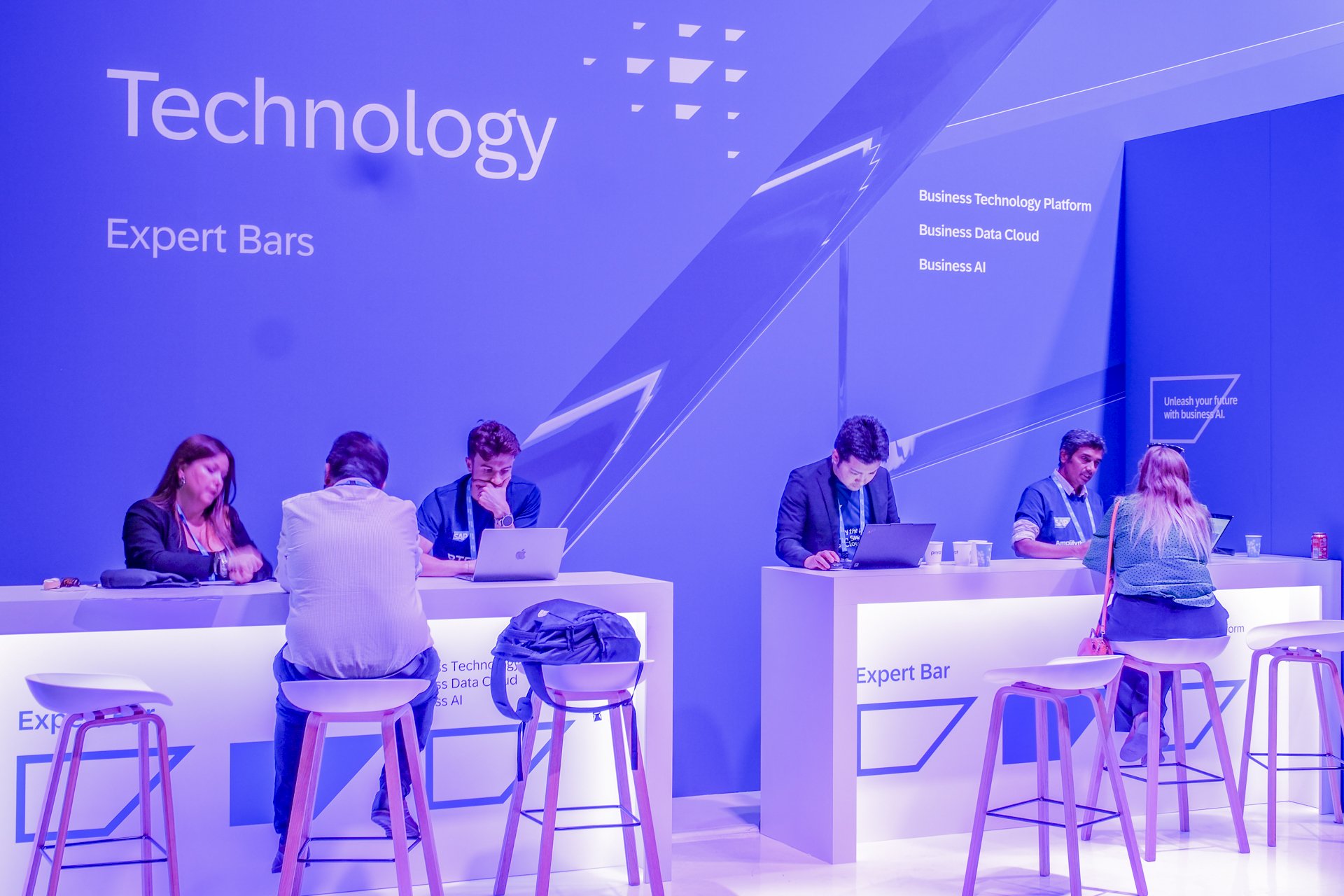Is AI Smothering Creativity? What History Teaches Us and Why Hope Still Persists

I am Arwyn—a.k.a. The Time Lord—and earlier this year I delivered a webinar for Crisol Translators. The topic? One of the most talked-about questions floating around now: “Is AI killing creativity?”
In a world where AI (Artificial Intelligence) can now compose, paint, create photographs, video, animation, artworks, write blogs, and even spawn ideas, many feel uneasy, and fears about business and job security are almost inevitable. Are we really stepping into an era where machines eclipse imagination? Or is a more intricate shift in working practices and living taking place?
History Keeps Looping — and So Do the Fears

I opened the session by taking folks on a tour of the past. I reminded everyone that the jittery feelings we might have about AI are nothing new. Society has continually gone through similar fears whenever new technology has emerged. Each invention and implementation of technology is the latest twist in a long-running tale of tech-related unease.
For example, the birth of the printing press sparked widespread anxiety. Many feared it would strip away the sanctity of knowledge. When photography came about, painters feared that the age-old art of painting portraits and landscapes might vanish. With the advent of the internet, writers and journalists wondered whether truth and originality could survive the flood of online voices. (The jury is still out on this.)
Across the ages, the creative nature of humanity has never disappeared—it simply learned new tricks. Each technological breakthrough, far from erasing expression, amplified its reach. The printing press didn’t annihilate storytelling; it handed knowledge to the masses as they learned to read and write. Photography didn’t terminate art and creativity; it ignited imagination and opened new realms of possibility.
Rigid Logic to Adaptive Learning: The Evolution of Machine Intelligence

I delivered a run-through of the history of computer intelligence and the backstory of this technology—commencing with the calculators of the early days and Turing’s revolutionary ideas, the competition between man and machine, and moving through to the rapid evolution of today’s AI.
It is important, and humbling, to recognise that AI didn’t just appear overnight. It is the product of decades of exploration, relentless curiosity, imagination, and daring innovation. The algorithms we use today rest upon the shoulders of mathematicians, engineers, and dreamers who once asked, “Can a machine think?”
This also raises the philosophical question as to what is sentience. Can computing power ever be classed as such? Now, with keyboards and microchips producing prose, pictures, animation, deepfake stories, and even hints of ideas, we are confronted with a fresh conundrum: what does creativity look like now, and in the future, when intelligent tools become part of the mix?
A Soothing Reassurance Amongst the Noise

The internet and almost every social encounter are thick with AI chatter—promises, apocalyptic warnings, and everything in between. I tried to reassure viewers and stay calm and measured. Even as AI reshapes our landscape of living, it cannot strip away the essential core of what makes us uniquely human.
Creativity is not embedded within the implementation of AI; instead, it arises from the purpose that we project onto it as sentient beings. A paintbrush, by itself, does not manufacture an artist; it is the brush bearer’s imagination, accumulated experience, and emotive nuance that infuse a creation with significance. A camera does not create an image; it takes skill, imagination, and thought about lighting and context to produce a compelling photograph. An oven, on its own, does not create a delicious dish; skill, understanding of raw materials, and knowledge of how ingredients react to heat make a dish fit for a king. The same reasoning extends to AI.
When AI is harnessed with care, it can be a valuable catalyst—softening friction and letting thoughts come to the fore more swiftly. In that sense, this technology is a collaborator, not a competitor. I provided several illustrations of this throughout the presentation.
Forewarnings for the Days to Come

Nevertheless, I did not flinch from discussing potential threats. I emphasised the need for restraint in our reliance on AI. The convenience it brings can sap vigour and cause us to neglect or undervalue imagination and creativity. When we stop thinking or fail to interrogate the results produced, our appreciation of standards and skills can diminish.
I also touched on important questions: Who owns content created by AI? In a world awash with voices and images, can authenticity be preserved? And most critically, can we ensure AI remains a tool for human expression rather than a replacement for intrinsic creativity?
These are questions we must keep revisiting—not to fight AI, but to steer its integration responsibly.
Is AI the Thief of Creativity?

After reflecting on these issues, my belief is this: AI isn’t killing creativity; it is prompting us to rethink what creativity is and how we might embrace and deploy AI for the good of business and life in general. (Though I also caution against wholesale adoption.)
Every technological upheaval reshapes business and society. What feels singular about this current movement is the rapid pace and enormous scale of change. The tools at our disposal are outpacing the lenses through which we interpret them. That lag is where tension and fear live and thrive, with some justification.
At its core, creativity is a web of original thought, connections, and threads that tie ideas, people, and possibilities together. Artificial Intelligence can provide a boost that sharpens our tools and even surprises us. At present, it will never mimic the lived experiences that give depth to sparks of creativity and innovation.
In the presentation, I aimed to answer the question: does AI crush creativity? If not, how can we nurture and embrace it in our world? At present, AI largely rehashes what already exists online, built upon centuries of human creativity. Current AI is neither original nor new; it stands on the back of human thought and effort.
However, my final message is a nudge: although technology shifts, the innate human compulsion to dream, interrogate, and craft remains unchanged. The real concern lies in future leaps—quantum computing and AGI—because no one can predict what may happen. Discoveries can save lives, but they can also cause harm depending on whose hands wield them.
Where does your mind settle on this? Does AI cast a shadow over your creativity? Or does it stand poised as the grand muse of inspiration?
Watch My Seminar Here
Please click on the following link to watch my seminar in full: Creativity v AI Webinar
To deepen your understanding, gain useful advice, and access a wealth of resourceful materials, don’t forget to hit subscribe on our YouTube channel and keep tabs on our blog. If you find yourself with questions, remember that Arwyn, the Time Lord, is at your disposal to offer expert guidance.
